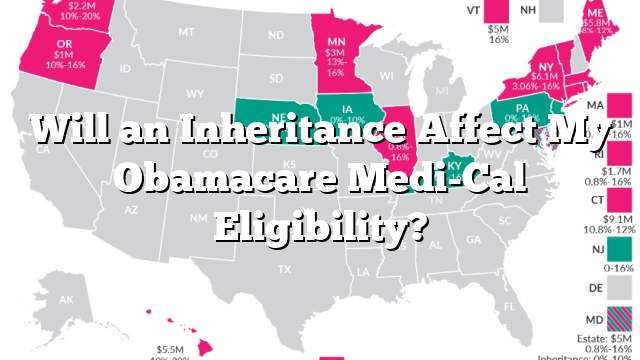
Over the past three years, President Donald Trump has repeatedly promised a “terrific” new health plan to replace obamacare. But it’s unclear how that will turn out.
Republicans are struggling to find a consensus on what their replacement will look like. Some want more state control; others want more federal intervention.
Patient CARE Act
The Patient CARE Act, a proposal to replace the Affordable Care Act from the conservative American Enterprise Institute (AEI), would keep many of the law’s most popular features. It also tries to address some of the law’s more controversial aspects.
For example, it calls for making it easier to purchase health insurance through state-run marketplaces. It also calls for expanding the tax deduction that can help people pay for their coverage, and increasing the amount of money that people can save in health savings accounts.
However, critics say the plan does not do enough to improve affordability. Instead, it is likely to exacerbate existing problems, such as high deductibles and soaring premiums.
This may prove a deciding factor in the 2020 election, when voters are most interested in which candidate can lower health costs. “I think that there is an opportunity for a Democrat to win the nomination with serious health care proposals,” says opinion poll analyst Bill Blendon of the AEI.
Better Way
A key reason why Obamacare is deeply unpopular is that it is rooted in a government-centered vision of health care. It entails massive new entitlements, increased dependence on government, and tax hikes that hurt economic growth.
A credible replacement plan should be based on market principles. It should protect people with pre-existing conditions and make it easier for them to buy continuous coverage.
Another common criticism of Obamacare is that it mandates too many benefits, driving up premiums and scaring off young enrollees who want a skimpier plan. Better Way attempts to address this concern by allowing insurers to cut the essential benefits package and offering plans that are slimmer and cheaper.
But Better Way also makes insurance less affordable for older Americans, who could face much higher premiums in a market where they would have to pay more out-of-pocket. Stephen Parente, an economist at the University of Minnesota who has done economic modeling on the CARE Act, estimates that it will leave 9 million fewer people with coverage by 2026 than under the Affordable Care Act.
Better Care Reconciliation Act
The Better Care Reconciliation Act, or BCRA, would repeal much of the Affordable Care Act (ACA), including the requirement that all Americans purchase coverage and the tax penalties for not doing so. It would also reduce subsidies available through the ACA and repeal Medicaid expansion.
The bill would rework the individual market so that enrollees receive less financial help to buy less generous health insurance with higher deductibles. It also would cut Medicaid, which provides vital health services for millions of low-income people.
According to the Congressional Budget Office, the BCRA would reduce the federal deficit by $321 billion over the next decade, but it would leave 22 million Americans without insurance.
The bill also would make several changes to what health insurers can charge enrollees who purchase insurance on the individual market, and change what benefits their plans must cover. This could be good news for younger and healthier individuals who want skimpier benefit packages, but it could be bad for older and sicker enrollees who rely on the ACA’s current requirements.
Patient Freedom Act
The Patient Freedom Act was introduced in January 2017, and is proposed to replace the Affordable Care Act (ACA). It will grant states power to increase access to health insurance and improve patient choice, while preserving important consumer protections.
It allows states to select from three options for how they will implement reform. It lets them keep the ACA or adopt a different approach, such as using subsidized “Roth HSAs” (explained below).
Option 1 would maintain the ACA’s healthcare exchanges, the individual mandate, premium tax credits and cost sharing reductions. It also keeps the requirements that insurers cover all customers, including those with preexisting conditions, and prohibits discrimination.
It also requires insurers to provide essential benefits, such as preventive care and screenings. It removes other regulations from the federal government and places them on the state level.






